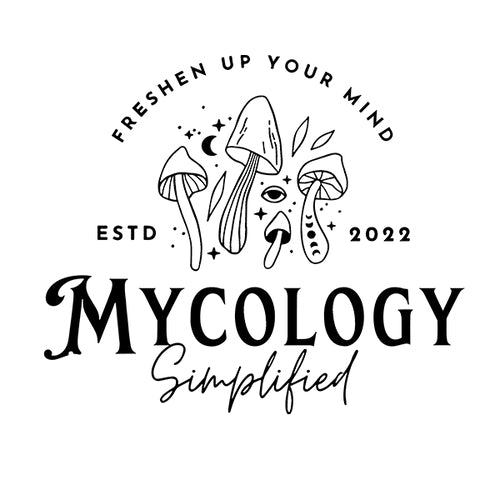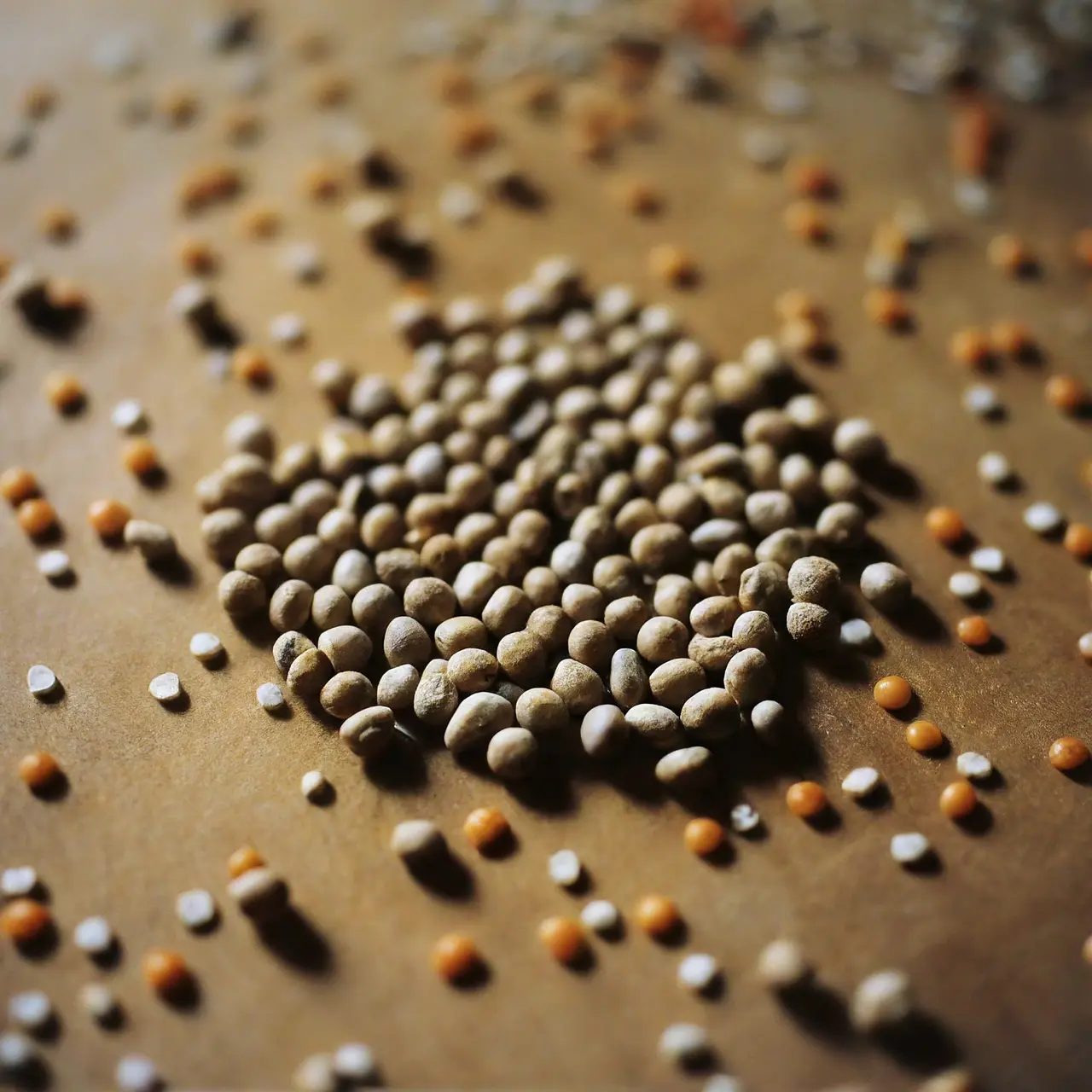
Understand Grain Spawn: Choosing the correct grains for your mushroom journey
Compartir
Diving into the world of mushroom cultivation can be as mystifying as it is exciting. At the heart of this adventure lies the choice of grain spawn, a critical factor that can make or break your fungal endeavors. This guide is here to shed light on the path, ensuring you pick the best grains for a successful mushroom journey.
The Basics of Mushroom Grain Spawn
Mushroom grain spawn acts as the foundation of mushroom cultivation, serving as the medium where the mycelium, or the vegetative part of the fungus, begins to grow. This initial growth phase is crucial, as a healthy spawn can lead to a successful harvest of mushrooms.
The process involves sterilized grains that have been inoculated with mushroom spores or mycelium. These grains then become a nutrient-rich environment for the mushrooms to start their life cycle. Understanding this baseline is pivotal in embarking on your mushroom cultivation journey.
Selecting the Right Grain for Your Mushrooms
Choosing the right type of grain is a decision not to be taken lightly. Grains like rye, wheat, and millet are popular choices among cultivators for their nutrient composition and ability to support robust mycelial growth.
Considerations such as the size of the grain, its water absorption capacity, and how well it supports the type of mushroom being grown are essential. Each grain type presents its own set of characteristics that can influence your mushroom’s growth rate and health. Some common grain choices for cultivating mushrooms include rye, millet, wheat, and barley. Each of these grains has unique properties that can impact the overall success of your mushroom cultivation. It is essential to experiment and find the grain that works best for the specific type of mushroom you are growing.
Preparing Grain Spawn: A Step-by-Step Guide
Preparing your grain spawn involves several key steps, starting with selecting the highest quality grains. From there, you’ll need to clean and hydrate the grains, ensuring they’re properly sterilized to prevent any unwanted contamination.
After sterilization, the grains are inoculated with mushroom spores or a culture. This is done in an environment that minimizes the risk of contamination. It’s a meticulous process, but crucial for sparking vigorous mycelial growth.
Monitoring the growth of the mycelium, you’ll begin to see signs of successful colonization. This stage is crucial as it indicates your spawn is ready to be transferred to your chosen substrate. Patience and observation are key.
Tips for Successful Mushroom Cultivation Using Grain Spawn
Mushroom cultivation using grain spawn can be a rewarding and fulfilling endeavor. Here are some tips to help ensure your success:
- Select High-Quality Grain: When choosing grain for your spawn, opt for high-quality grains to provide a nutrient-rich base for your mushrooms.
- Maintain Proper Moisture Levels: Consistent moisture levels are crucial for successful mushroom growth. Monitor and adjust moisture levels as needed to create an optimal environment.
- Sterilize Equipment Thoroughly: Before inoculating your grain with mushroom spores, make sure all equipment is properly sterilized to prevent contamination.
- Monitor Temperature: Mushrooms thrive in specific temperature ranges, so it’s essential to monitor and regulate the temperature to promote healthy growth.
- Ensure Proper Ventilation: Adequate airflow is essential for mushroom growth. Be sure to provide proper ventilation to prevent the buildup of carbon dioxide.
By following these tips and staying attentive to the needs of your mushroom cultivation project, you can increase your chances of a successful harvest. Happy cultivating!
Achieving success in mushroom cultivation with grain spawn is a balance of care, hygiene, and environmental control. Ensuring your spawn is kept at the correct temperature and humidity levels is crucial for optimal mycelium growth.
Frequent checks for contamination and understanding when to move to the next phase of growth can make all the difference. Each species of mushroom has specific needs, and adapting your process accordingly can lead to flourishing yields.
Remember, experimentation is part of the learning curve. Don’t be afraid to try different grains or adjust your methods based on the results you’re seeing. With each batch, you’ll gain invaluable insights into the art of mushroom cultivation.
As we’ve navigated the intricacies of mushroom grain spawn, it’s clear that the right choice of grains can set the stage for a successful cultivation journey. From local sourcing to understanding the nuances of hydration and sterilization, every aspect is a step towards a thriving mushroom garden. Let’s embark on this journey with the right knowledge and tools, making your mushroom cultivation endeavor a rewarding part of your gardening experience.


1 comentario
Can you give me a list of what mushroom goes best with what growth medium